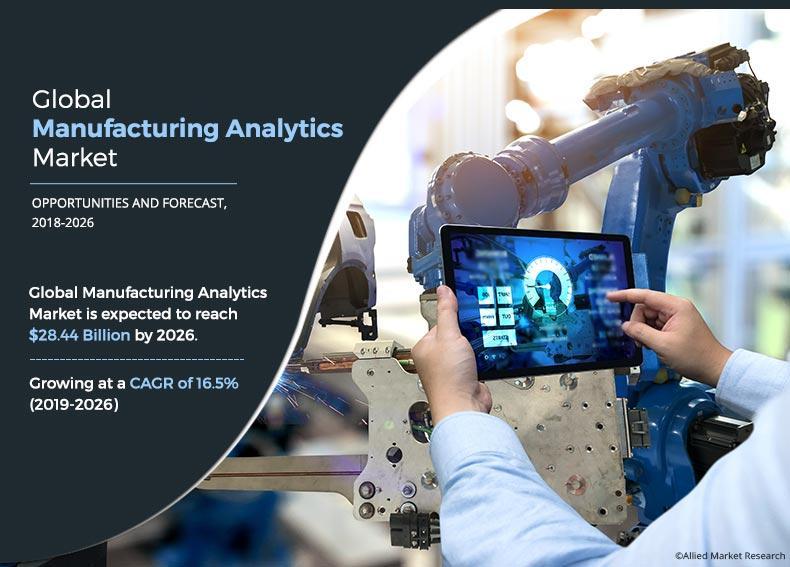Manufacturing's Digital Revolution: Analytics Market Set to Skyrocket to $28.4B by 2026

The global manufacturing analytics industry is experiencing remarkable growth, with impressive market dynamics that highlight its increasing importance. In 2018, the industry generated $5.95 billion in revenue, and experts project it will surge to an astounding $28.44 billion by 2026. This represents a robust compound annual growth rate (CAGR) of 16.5% from 2019 to 2026, underscoring the transformative potential of advanced manufacturing analytics.
Manufacturing analytics software has emerged as a critical tool for companies seeking to optimize their operational efficiency, enhance decision-making processes, and gain a competitive edge in an increasingly data-driven industrial landscape. By leveraging sophisticated data analysis techniques, manufacturers can now uncover deep insights into production performance, predict potential equipment failures, streamline supply chain management, and drive continuous improvement across their entire operational ecosystem.
The rapid expansion of this industry reflects the growing recognition that data-driven strategies are no longer optional but essential for modern manufacturing success. As technologies like artificial intelligence, machine learning, and Internet of Things (IoT) continue to evolve, manufacturing analytics will play an increasingly pivotal role in shaping the future of industrial productivity and innovation.

